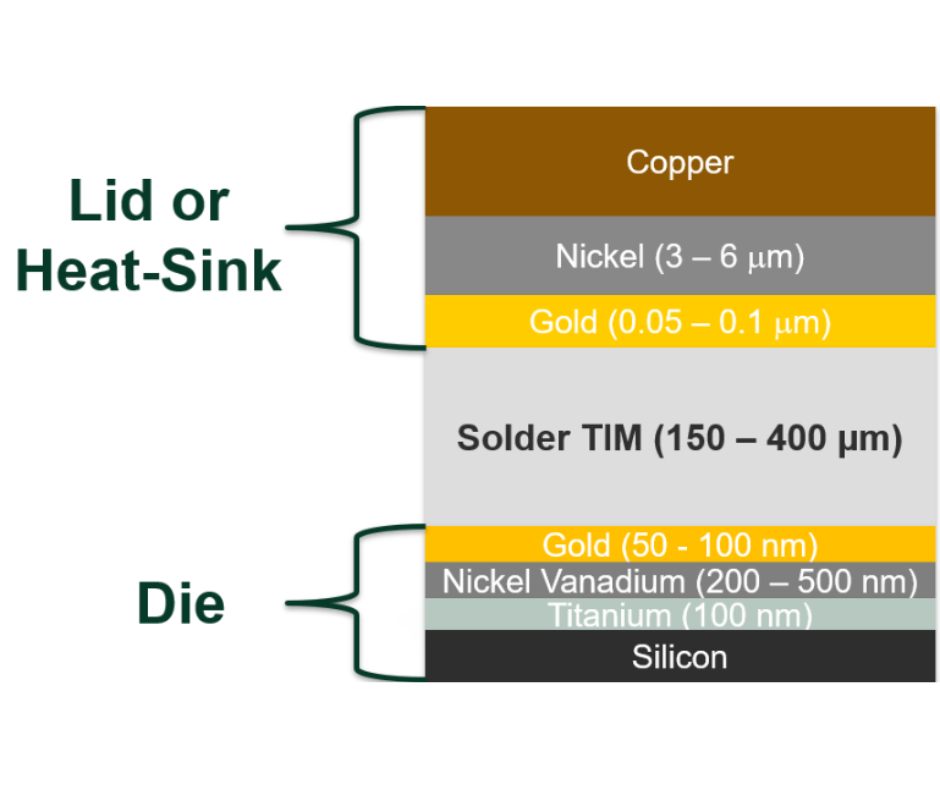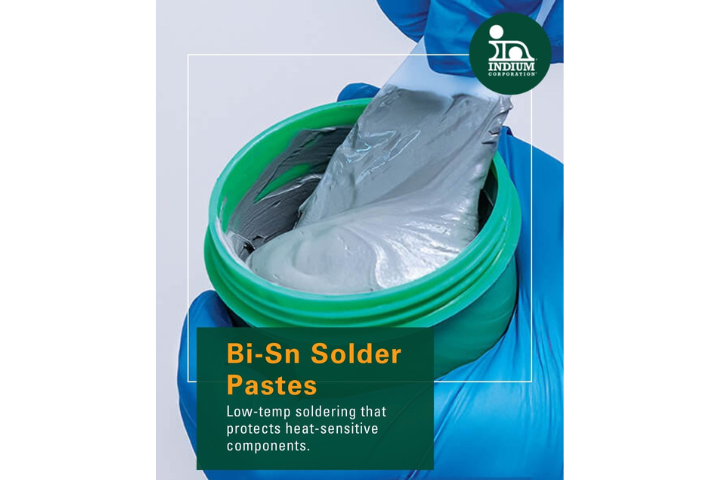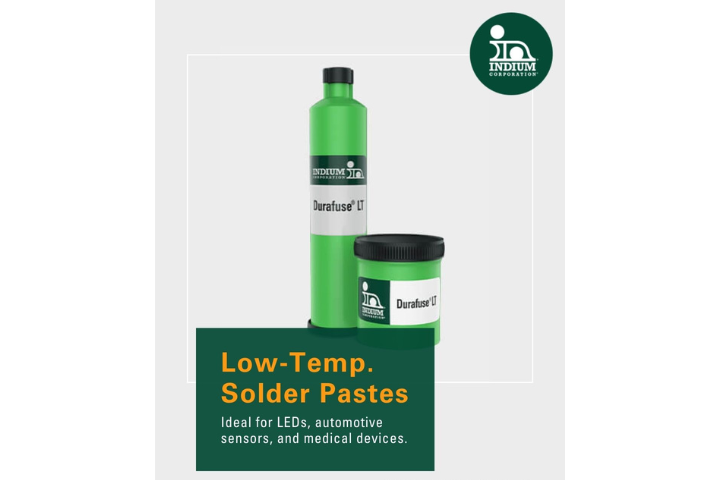The data is in! Indium thermal interface materials (TIMs)have been put through the rigors of reliability testing and been proven to pass the typical as well as atypical tests required by the thermal materials industry.
For obvious reasons, there is a maximum operational temperature each interface should be exposed to so that it does not melt in operation. For pure indium, the melting temperature is 156C.Ђ A standard requirement of many cooling solutions is to withstand a bake test at 1000C, not too far below that maximum temperature. The good newsIndium TIMs passed this without a hitch.ł
The next obstacle of reliability testing is heat + humidity.For any metal, this is the ultimate test.Metals, especially at elevated temperatures are capable of oxidizing.When humidity is added to the mix, the impact on some materials is detrimental. The concern on a metal thermal interface material (TIM) was that the TIM may form excessive oxides and delaminate from its substrates.Fortunately, under the standard heat + humidity test, that did not happen and the pure indium TIM passed both reliability tests.



